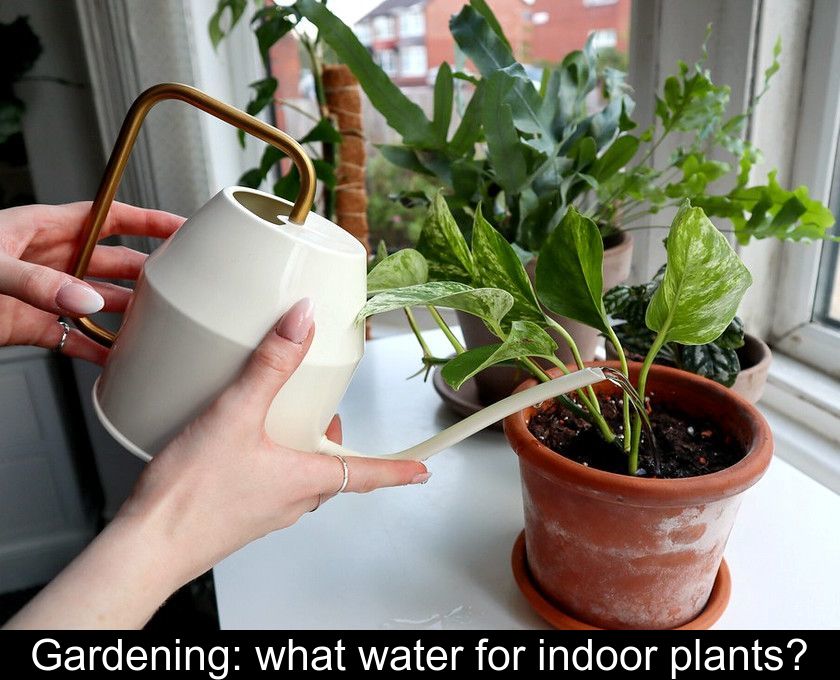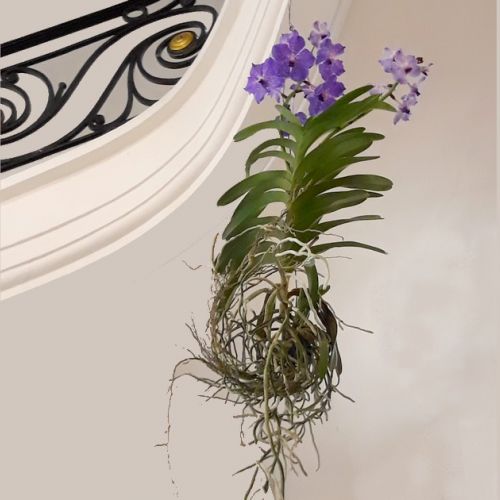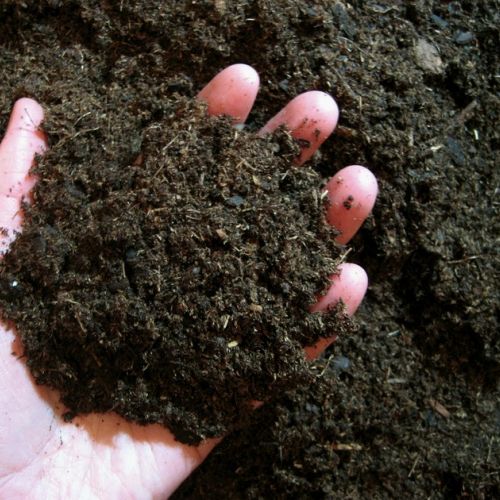Gardening: What Water For Indoor Plants?
In nature, plants benefit from rain to grow and thrive. This is, of course, not the case for indoor plants that rely on you to water them! We will explain to you what water to use for watering plants and what mistakes to avoid when it comes to watering.
Rule #1: use water at room temperature
If you are wondering which water to use for watering indoor plants, remember first that indoor plants are sensitive to extreme temperatures.
Therefore, they do not appreciate being watered with hot water or cold water from the refrigerator!
The first rule to remember to avoid killing your green plants is to always use room temperature water.
Rule #2: The best water is rainwater.
Even though rainwater is unfit for human consumption as it is polluted by chemicals used in industry, it remains the best water for watering indoor plants.
The harmful chemical elements for human health are not toxic to plants. That is why you can safely collect rainwater on your balcony on rainy days and store your harvest in bottles to water your houseplants.
If you have the opportunity to install a rainwater harvesting system at home, do not hesitate to do so as you will benefit from free and perfectly suitable water for watering and misting all indoor plants.
Rule #3: Some plants do not like tap water.
When the weather is not favorable for gardeners and it hasn't rained for weeks, the most obvious solution to water indoor plants is to use tap water.
Tap water is easily accessible and inexpensive. But be careful: it is not suitable for all plants!
Never water with tap water:
• carnivorous plants
• plants that are sensitive to limestone, such as ferns and plants that grow in acidic soil like heather.
For these delicate plants, it is better to use rainwater or distilled water. However, simply filtering the water using Brita-type filter jugs is not enough to completely remove the limestone.
For all other plants, make sure to let the tap water sit in a container at room temperature for a few hours before using it for watering, so that the chlorine it contains has time to evaporate.
Rule #4: Avoid hard water for misting.
While it is possible to water certain indoor plants with tap water, it is best to avoid using this water to mist the foliage. If the water in your area is hard, it will leave white marks on the leaves of your plants. The best answer to the question "what water to spray plants with?" is rainwater!
When rainwater is scarce, lightly mineralized spring water and demineralized water are two other options for misting your green plants, but they will of course cost you more.
Rule #5: watering with tea or milk should remain exceptional.
In their natural state, plants only drink water. That's why it's dangerous to test the wacky tricks we sometimes see on the web: watering indoor plants with soda or alcohol can only harm them!
Even mineral waters and sparkling waters are too rich in minerals for green plants and can be harmful if used systematically.
If you want to try watering plants with something other than water, you can use the following on a punctual basis:
• cooled tea as it is a natural fertilizer for plants
• a mixture of milk and water to provide calcium to plants that like it and prevent certain diseases like powdery mildew
• coffee in small doses as an excess of caffeine would be toxic to your plants
• cooking water from pasta, rice, vegetables, or hard-boiled eggs as long as it is not salty and you let it cool before using it.
Attention: boiling and salted water is harmful to plants! It even acts as a natural weed killer...
Plants that like coffee are hyacinths and amaryllis as well as azaleas and hydrangeas.
It is possible to water hydrangeas and ferns with tea, as well as:
• rubber plant
• spider plant
• oxalis
• philodendron
Plants that like to be watered with milk are tomatoes, cucumbers, zucchinis, and peppers in the garden, as well as begonias, delphiniums, roses, and rhododendrons.
Attention: these gardening tips should be used in moderation! Before watering your indoor plants with something other than water, research their specific needs.









